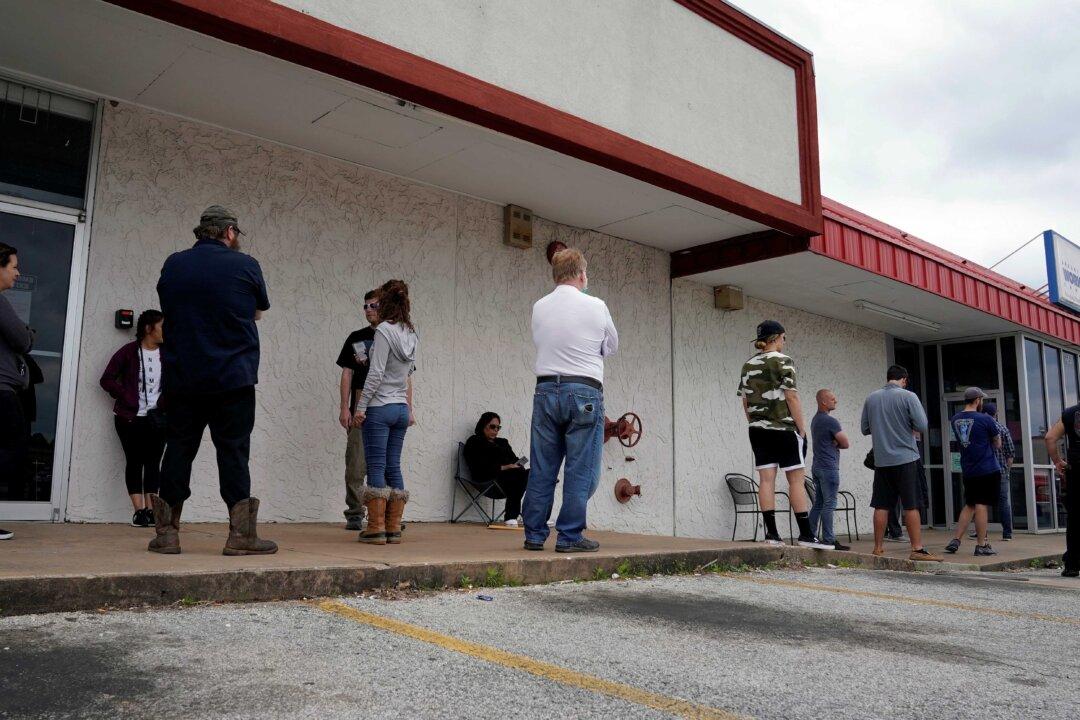Commentary
The pandemic has struck many economic nerves, causing excruciating financial pain. One of those nerves has been small businesses, of which I am attached.

The pandemic has struck many economic nerves, causing excruciating financial pain. One of those nerves has been small businesses, of which I am attached.